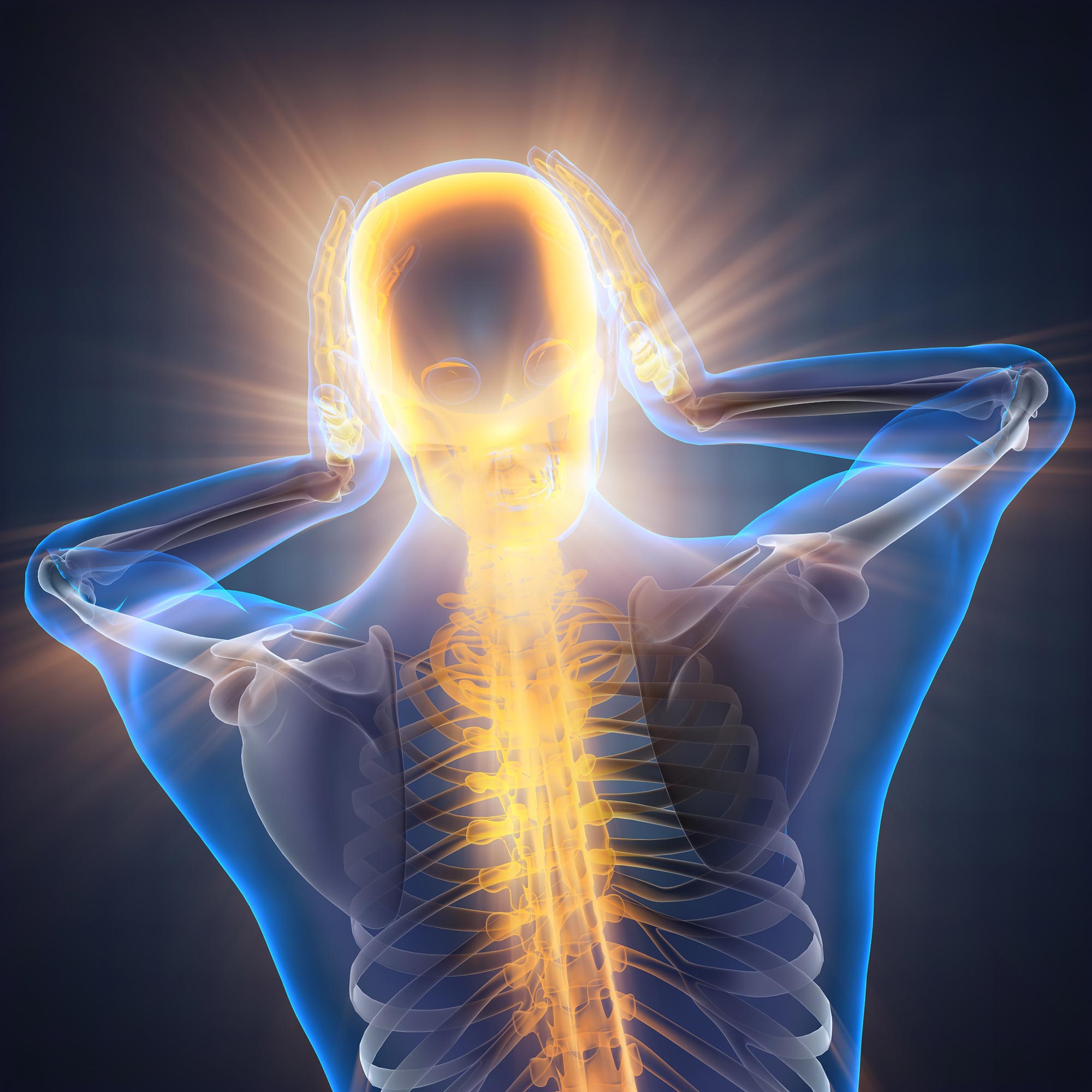Revolutionizing Pain Relief: A Safer Alternative Using Deuterated Water
In a significant breakthrough, scientists at the National University of Singapore (NUS) have developed a safer and non-addictive approach to pain relief. This innovation introduces the use of deuterated water (D₂O) to modulate pain, potentially transforming how chronic pain is managed while reducing dependency on conventional medications that often lead to addiction.
A Novel Approach to Pain Management
The study, published in a leading medical journal, focuses on the TRPV1 ion channel, commonly referred to as the “pain receptor.” This channel detects heat and chemical signals that trigger pain sensations. Traditional pain relief treatments desensitize these receptors, but many options carry serious risks, including dependency and side effects.
The researchers discovered that deuterated water, a heavier form of water (D₂O), interacts uniquely with the TRPV1 ion channel. By altering the channel’s structure, D₂O inhibits pain signals without fully blocking them, reducing overall pain perception. Importantly, this method avoids common side effects associated with opioid-based medications.
Potential to Transform Chronic Pain Treatment
One of the major concerns with current pain management methods, particularly opioid-based medications, is the risk of addiction. According to the Centers for Disease Control and Prevention (CDC), over 100,000 Americans died from drug overdoses in 2021, a significant portion due to opioid misuse. This has spurred the search for alternative pain relief solutions that are effective yet do not contribute to addiction.
The discovery of deuterated water offers a promising alternative. By modulating pain signals rather than suppressing them entirely, D₂O reduces the likelihood of developing dependency while still providing relief. This could significantly benefit individuals suffering from chronic pain conditions such as arthritis, neuropathy, and fibromyalgia.
Key Advantages Over Traditional Methods:
- Reduced Dependency: Unlike opioids and other traditional pain relief medications, deuterated water does not trigger addictive pathways in the brain.
- Fewer Side Effects: Common pain relief medications often cause nausea, dizziness, or drowsiness. D₂O appears to mitigate these issues, offering a safer and more tolerable option.
- Sustainability and Cost-effectiveness: Deuterated water is already commercially available, making it easier to produce and distribute compared to newer, experimental drugs. This could reduce production costs and increase accessibility.
The research team at NUS is optimistic about the future potential of this discovery. Clinical trials are expected to further explore the safety, efficacy, and long-term impacts of D₂O in pain management. If successful, this innovation could reshape pain relief strategies globally, offering governments and healthcare systems a non-addictive approach to integrate into pain management protocols, especially in regions struggling with the opioid epidemic.
Conclusion: The breakthrough at NUS represents a critical step forward in pain relief research. By leveraging deuterated water to modulate pain rather than suppress it, scientists have paved the way for safer, non-addictive alternatives to conventional pain medications. As the research progresses, there is hope that this innovation will improve the quality of life for millions suffering from chronic pain, offering a safer and more sustainable approach to pain management.




